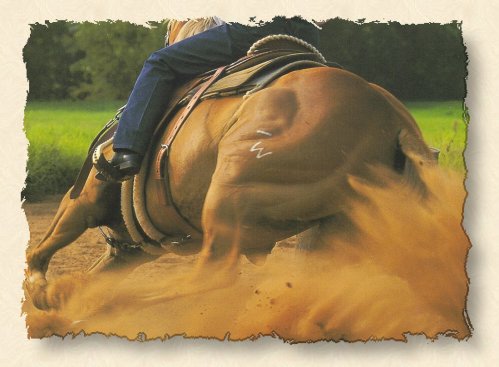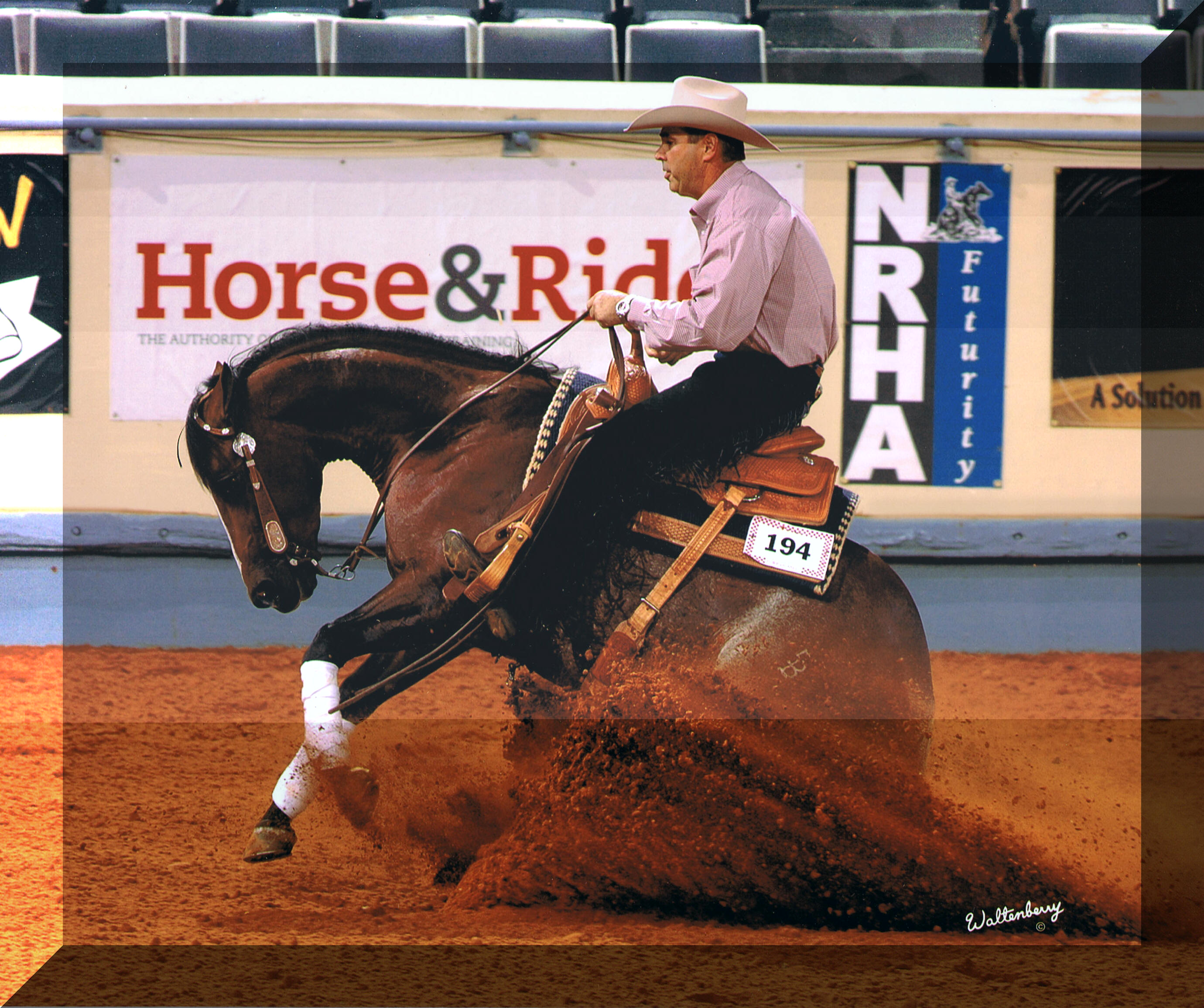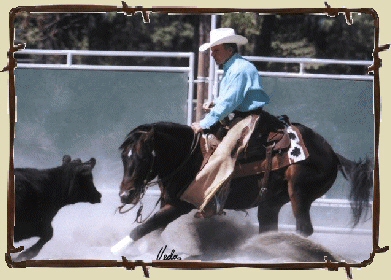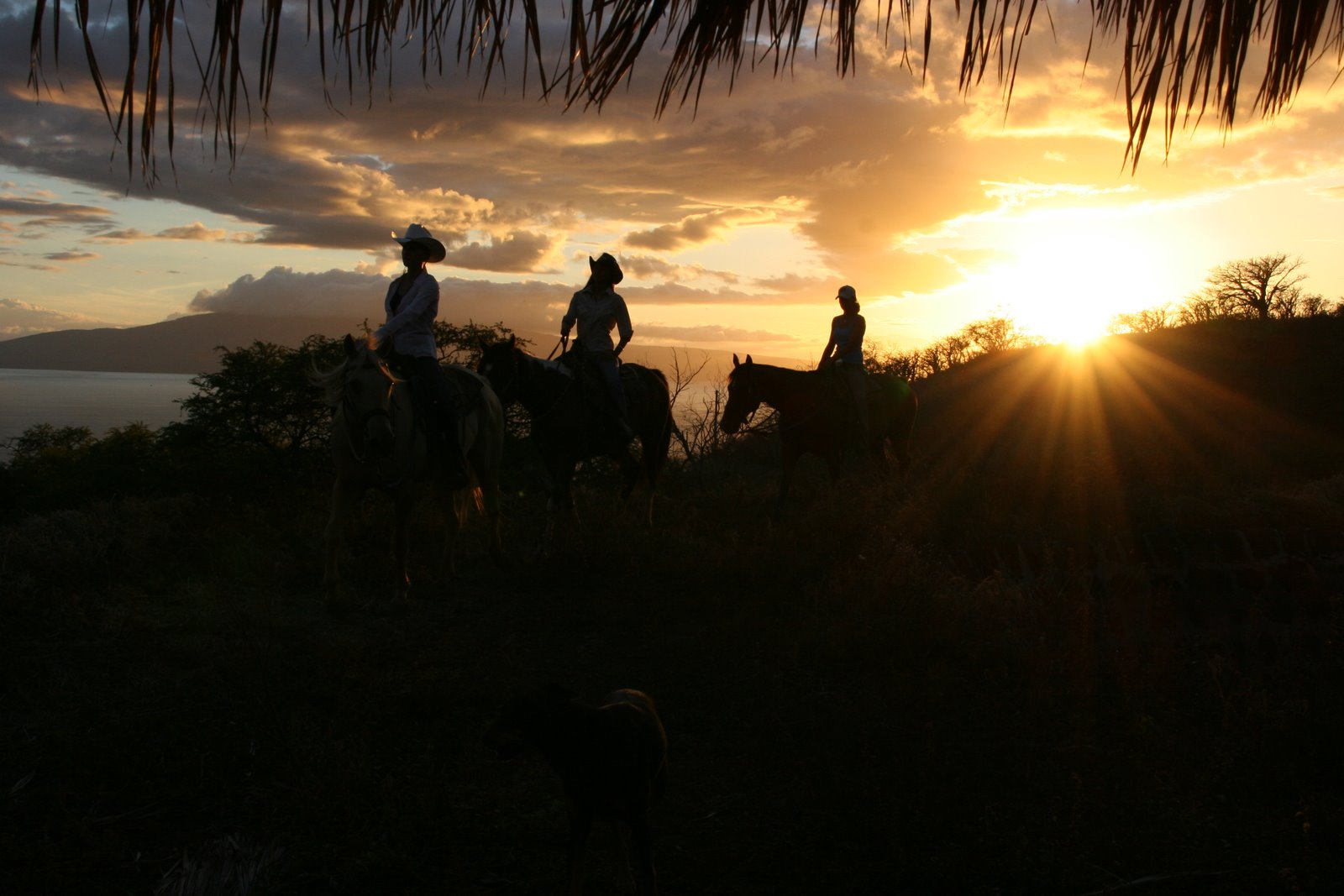| Gaming |
Here are just a few different gaming events.
Barrel Racing: Barrel racing is a timed event, where the fastest time is what matters most. Cowboys and girls compete against the clock. For the barrel racing event, three barrels are set up in a triangle and the riders run the barrels in a cloverleaf pattern. A stopwatch or timer is used registering down to a hundredth of a second. Speed is what it is all about in this event. The riders steer their horses as close as they can to the barrels trying to nock off seconds on the clock. For each barrel they knock over is a 5 second penalty (per barrel) is added to their total time. 13 to 14 seconds is generally a winning time in this event, but it depends on the size of the arena.
Pole Bending: Pole Bending is a timed event where 6 poles are lined up. The horse and rider run past all the poles turning at the last pole. Then, they make a serpentine path through the poles. Then when they get to the last pole the horse and rider will turn that pole and continue the pattern through the poles back to the first one. When the pattern is completed the horse and rider will then run back past the poles and through the timer. If the rider knocks over a pole he will be penalized by a 5 second penalty (per knocked pole).
Key Hole: Key Hole is a timed event. A chalk circle with an opening on one side is drawn in the dirt. The horse and rider must run down into the circle, turn around and run back out past the finish line without tuching the chalk. If you tuch the chalk you are disqualified.
|
 |
| Reining |
Reining is a western riding competition for horses where the rider guide the horse through a pattern of circles, spins, and stops. All work is done at the lope or gallop. Reining, often known as the Western form of dressage riding, requires the horse to be responsive and in tune with its rider. The judges judge the horse on its ability to perform the pattern. |
 |
| Cutting |
Cutting is an event, where a horse and rider are judged on their ability to separate a calf away from a herd of cattle and keep it away for a short period of time. The sport originally evolved from cattle ranches in the West, where it was the cutting horse's job to separate cows from the herd for vaccinating, castrating, and sorting. Eventually competitions arose between the best cutting horses and riders in the area. Rules were added, and in 1946 the National Cutting Horse Association was formed, which today is the governing body of the sport.
The horses used are normaly Quarter horses, but other breeds may be used. A horse that instinctively knows how to keep a calf from returning to the herd, and is trained in a manner to be shown competitively, is considered a cutting horse. |
 |
